Riding to the start line: How Alexis Cartier turned the Life Time Grand Prix into a 10,000-mile bikepacking adventure
“I really liked my life riding everywhere," says the Canadian who set out to challenge the carbon cost of bike racing by pedalling to every event
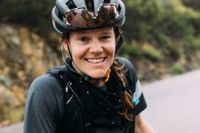
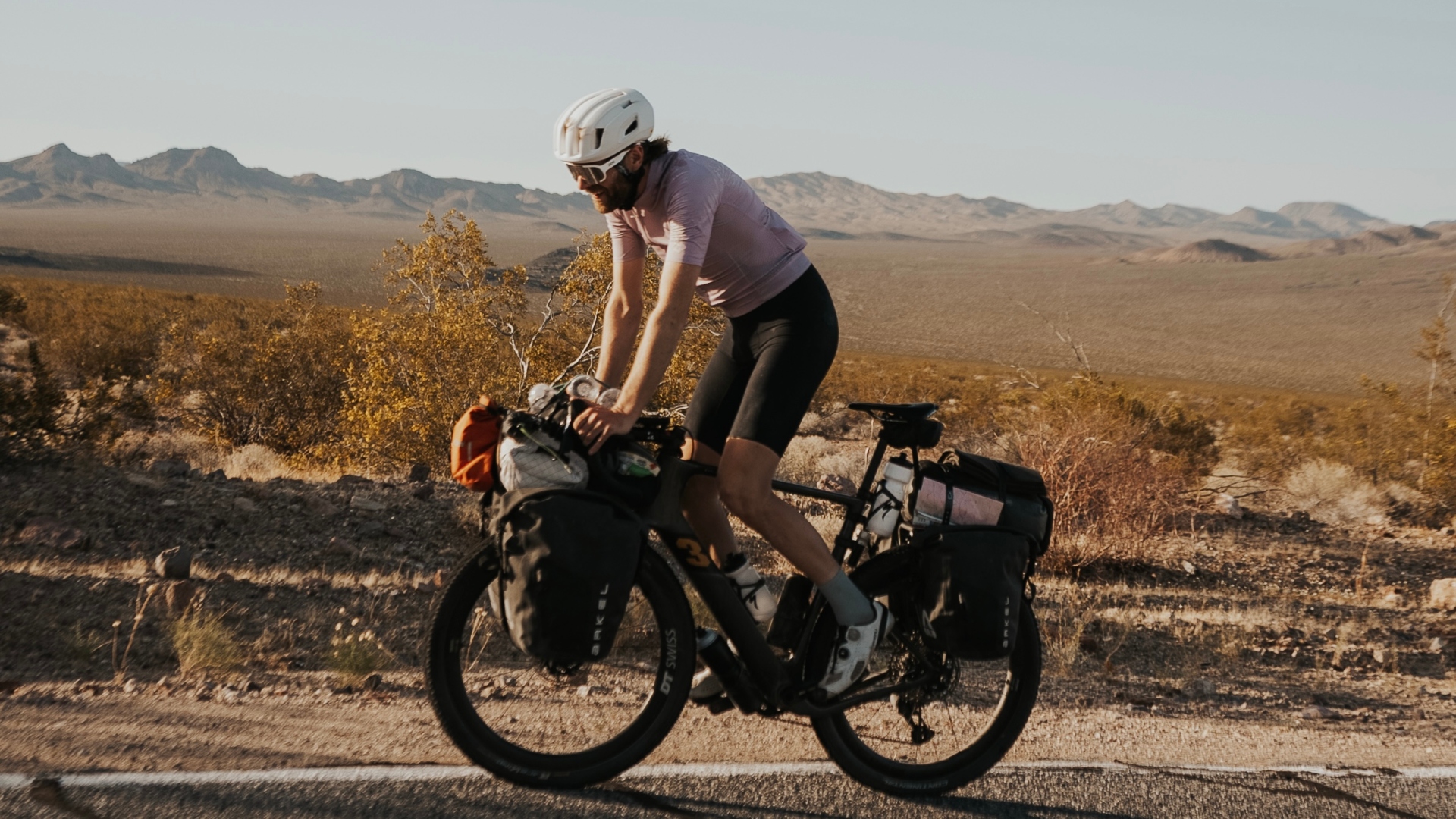
In the first days of November, Alexis Cartier finally rolled up to his doorstep in Montreal, a little leaner, a little dustier and with ten thousand miles in his legs. He’d been gone since April, spending the last seven months racing, camping and pedalling his way across a continent.
“That was a cool ride,” he says, with the understatement of someone describing a weekend spin. “It was a bit more than I planned: about 10,000 miles, 16,000 kilometres, of bikepacking in seven months.”
Ten thousand miles. That's about twice what the average cycling enthusiast logs in a year; roughly the distance from Montreal to Buenos Aires; or, in Cartier’s case, the distance from California to Kansas, to Colorado, to Wisconsin, to Arkansas, and finally back to Quebec.
For Cartier, 34, this wasn’t some bucket-list bike tour or sabbatical adventure; it was his commute.
The Canadian racer spent 2025 contesting the Life Time Grand Prix, America’s premier off-road race series, which spans seven months, six events and the width of the United States. He entered as a Wild Card selection, one of a handful of athletes invited to take on the series without guaranteed spots, but rather than amassing air miles between start lines, Cartier chose to ride to every single one.
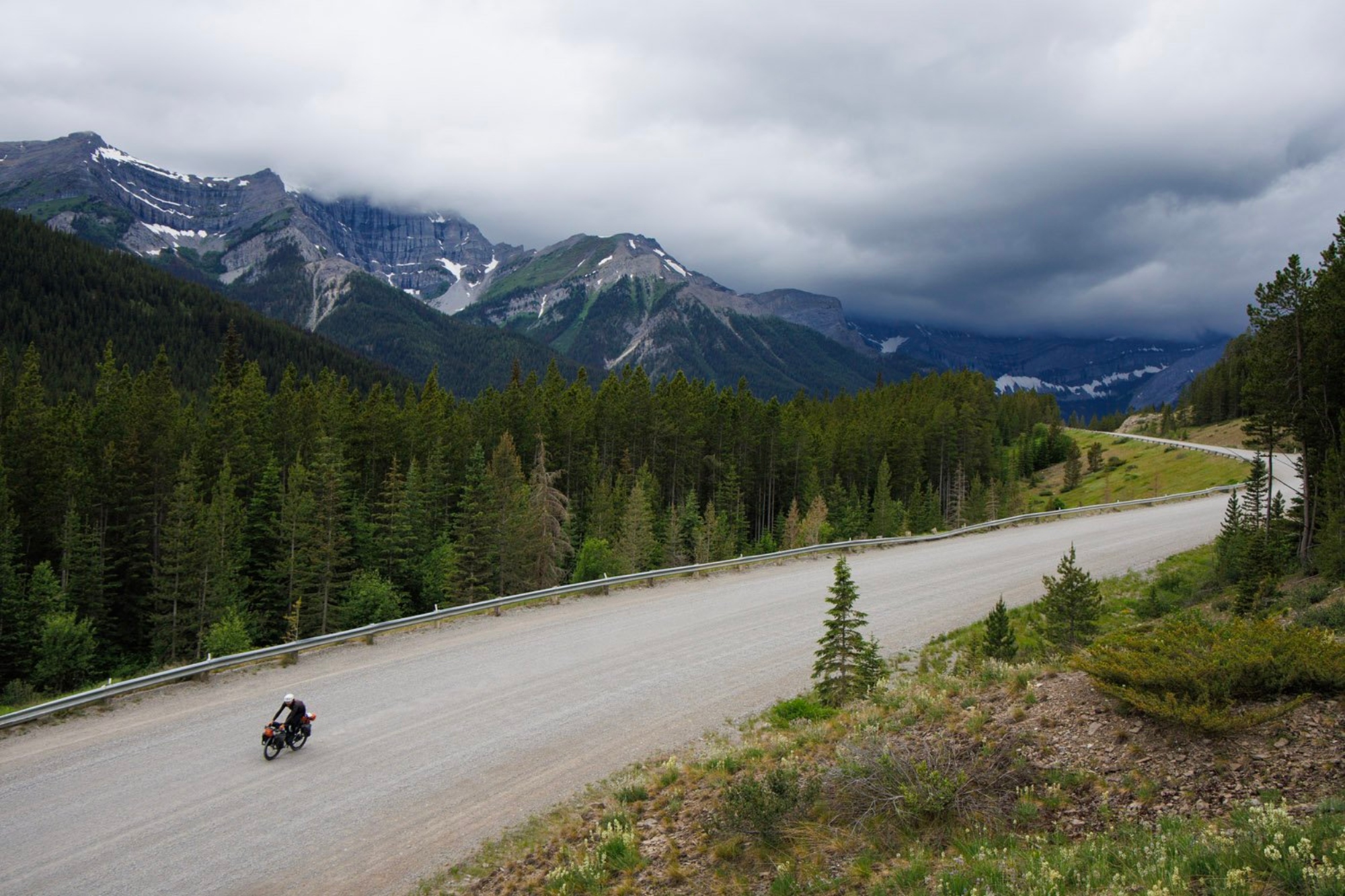
Canadian cyclist Alexis Cartier rode to every start line of the Life Time Grand Prix
Riding with purpose
Cartier’s idea wasn’t born out of wanderlust, but conviction. “I wanted to challenge the environmental impact of bicycle racing,” he says. “That was the plan when I quit road cycling. I felt there was an opportunity to do that in gravel.”
He had tested the concept in 2024, riding between a few smaller events to see if it was even feasible to combine racing with self-supported travel.
The latest race content, interviews, features, reviews and expert buying guides, direct to your inbox!
“Last year, I got better at bikepacking and tried to train at the same time,” he says. “It was fun, but I realised performance takes a bit of a hit. Still, it was no less fun. In a race, there's still a race a little further back, even if you're not all the way in the front."
When Life Time released its 2025 calendar, Cartier noticed the dates were spaced out in a way that made it possible for him to link them all by bike.
“It was the biggest project I could do,” he says. "But it's also really simple. You just do those races and link them by bike. Not that much logistics in advance: every day, you just map it and go.”
Life on the road
Cartier’s season began on the Pacific Coast, where he landed in San Francisco, California, and rode south to the Sea Otter Classic in Monterey. From there, he turned east and started crossing the continent, a journey that would take him through deserts, plains and high mountains before looping back north for one last cross-continental trek between Arkansas and Quebec.
After finishing Unbound Gravel in Kansas, Cartier boarded his only flight of the season, returning to Canada to stay within U.S. visa limits and to race the Canadian Gravel Nationals, where he finished eighth.
Two months separated Unbound from the next Life Time Grand Prix stop in Colorado’s Rocky Mountains, so Cartier spent that midseason gap the best way he knows how: on the bike.
He rode out to the Great Divide, tackling a portion of the cross-continental trail with his girlfriend. He also swung by Bozeman, Montana, for the Belgian Waffle Ride, which was conveniently right off the Divide.
Beyond that “special” break, Cartier was mostly alone, tackling long miles before setting up his tent for the night.
“I carried a good tent because it’s my house,” he says. “It’s sturdy, a bit heavy, but I can get rained on or have wind and it stands up.”
Occasionally, when heat or fatigue demanded it, he checked into a hotel. “Maybe once or twice a week,” he says. “But honestly, I sleep better in the tent now. It’s my little bubble.”
Solitude became part of the rhythm. His screen time plummeted; he planned routes on his phone but otherwise read on an e-reader or simply sat outside his tent, watching the light fade.
“You live with the natural light,” he says. “When the sun goes down, you go to sleep. When the sun comes up, you ride.” And eat whenever you can.
" I've been eating a lot, that's for sure. I just eat all the time."

Cartier's setup for Leadville: his gravel steed with a short-travel suspension fork
One bike for racing, commuting...even Leadville
In a year defined by self-sufficiency, Cartier’s equipment told its own story. His main companion was a 3T Ultra gravel bike, modified for the demands of full-time living. He outfitted it with Old Man Mountain racks and Arkel panniers, a nod to his past life as a designer for the Quebec-based bag maker.
“They’re fully waterproof and super solid,” he says. “It's fun, too, because I’m riding some of my own designs.”
Fully loaded, the bike weighed close to 100 pounds. “Heavy, but really stable,” as Cartier puts it, carrying a tent, two sleeping bags, two inflatable pillows, a small stove, extra clothes, and spares.
"Yes, two bags and pillows: to get really cozy, nice and comfortable because it got freezing sometimes," he says.
At most races, he lined up on the same machine he’d just ridden hundreds or thousands of miles to reach. But some events demanded improvisation. For Little Sugar, the mountain-bike race in Arkansas, Cartier rented a bike, something almost unheard of among professionals.
“I hadn’t raced mountain bikes in about fifteen years,” he says. “But it came back.”
At Leadville, one of the most punishing courses in the series, he raced on his gravel bike paired with a short-travel suspension fork and 650b x 2.4” tyres.
“I wouldn’t recommend it,” he laughs. “Those bikes aren’t made for suspension, but it worked. The geometry is a bit weird, but I could fit the tyres, and it was fine. Still really bumpy, though.”
That adaptability and the willingness to race with whatever equipment he had became central to his ride-to-the-race ethos. Training followed the same philosophy. Instead of structured sessions on a clean bike and smooth roads, Cartier did his intervals on a machine loaded with camping gear, racks and bags as he pedalled toward the next start line.
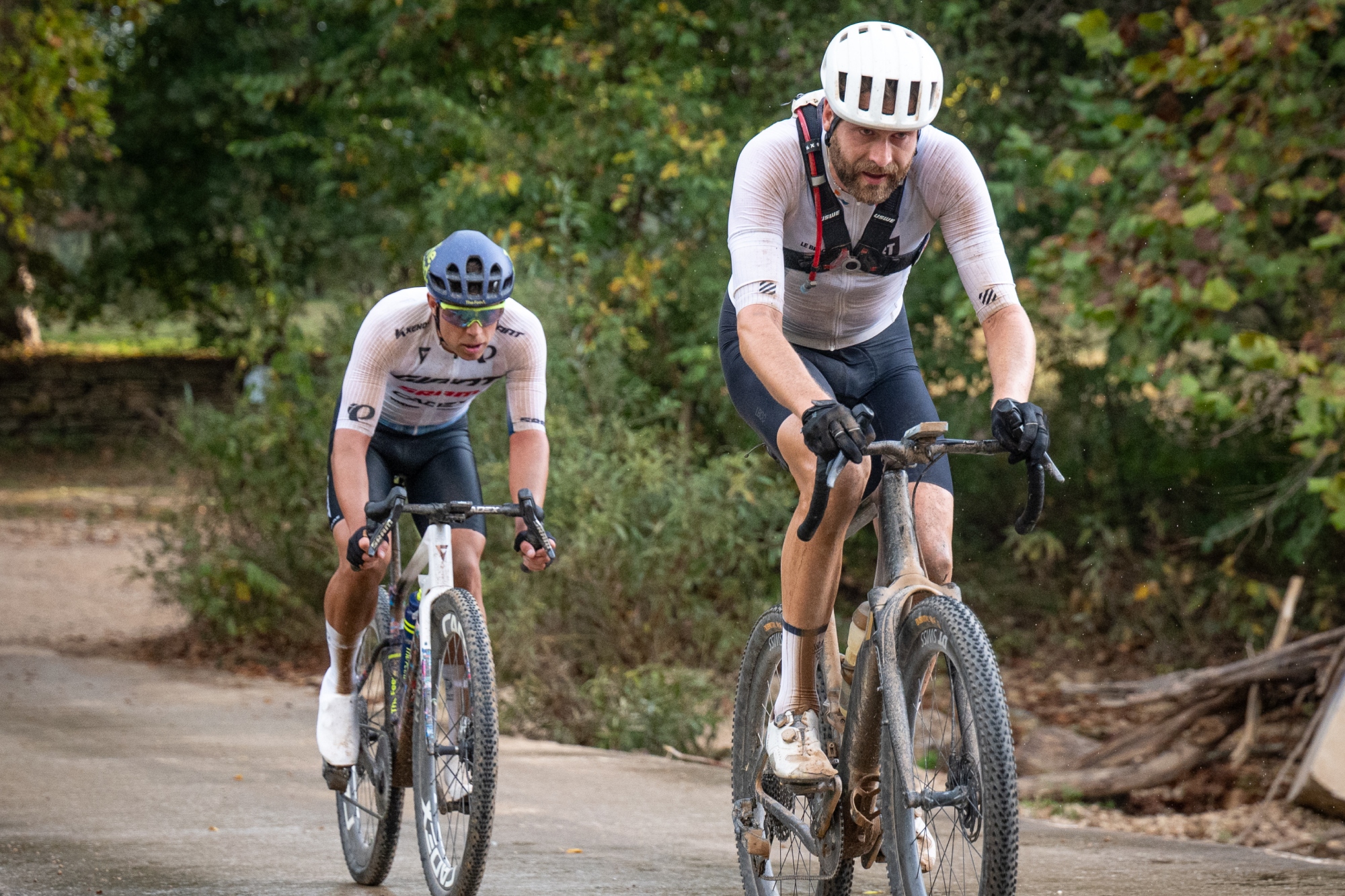
Cartier at the series finale at Big Sugar Classic in Arkansas.
Better for the environment, perhaps, but not great for performance
Cartier never expected to dominate the results sheet, but he did expect to stay competitive. Early in the season, he discovered that the constant travel, the fatigue of living outdoors, and the mental effort of daily logistics made racing at his best nearly impossible.
“I thought I could train more and do intervals, but there’s stress living outside and planning stuff," Cartier says "It doesn’t seem like much day to day, but it’s always there, so you’re not in the mindset to go smash yourself because you need to keep some [energy] for decision making and surviving out there."
He still rode close to professional training volumes, around 25 hours a week, but the quality suffered.
“I tried really hard at the beginning of the season to get ready,” he says. “When I saw the results weren’t there, I focused on keeping my mental state steady.”
By midseason, Cartier had accepted that performance wasn’t the measure of success this time, but that he wouldn't try it again next season.
“I really wanted to do it,” he adds, “but I’m still a bike racer at heart, and the racing side was sidelined this year.”
The tradeoff, though, was seeing more of the United States in seven months than most people will in a lifetime. His favourite stretch? “Montana,” he says. “The riding on the Divide trail was amazing, and I had my girlfriend with me to share it.”
The least favourite came in May. “Kansas,” he says, laughing. “It was tornado season. Some days or nights, there’s no way you can sleep outside. The rain goes sideways, and lightning is everywhere. One night, there was a tornado alert, and I was in the corner of a hotel bathroom watching the radar. The tornado went about ten miles from the hotel.”
What surprised him most was the kindness he encountered.
“People are really friendly,” he says. “Maybe you’re treated differently when you have bags on your bike. You look like a traveller, not like you’re just working out.”
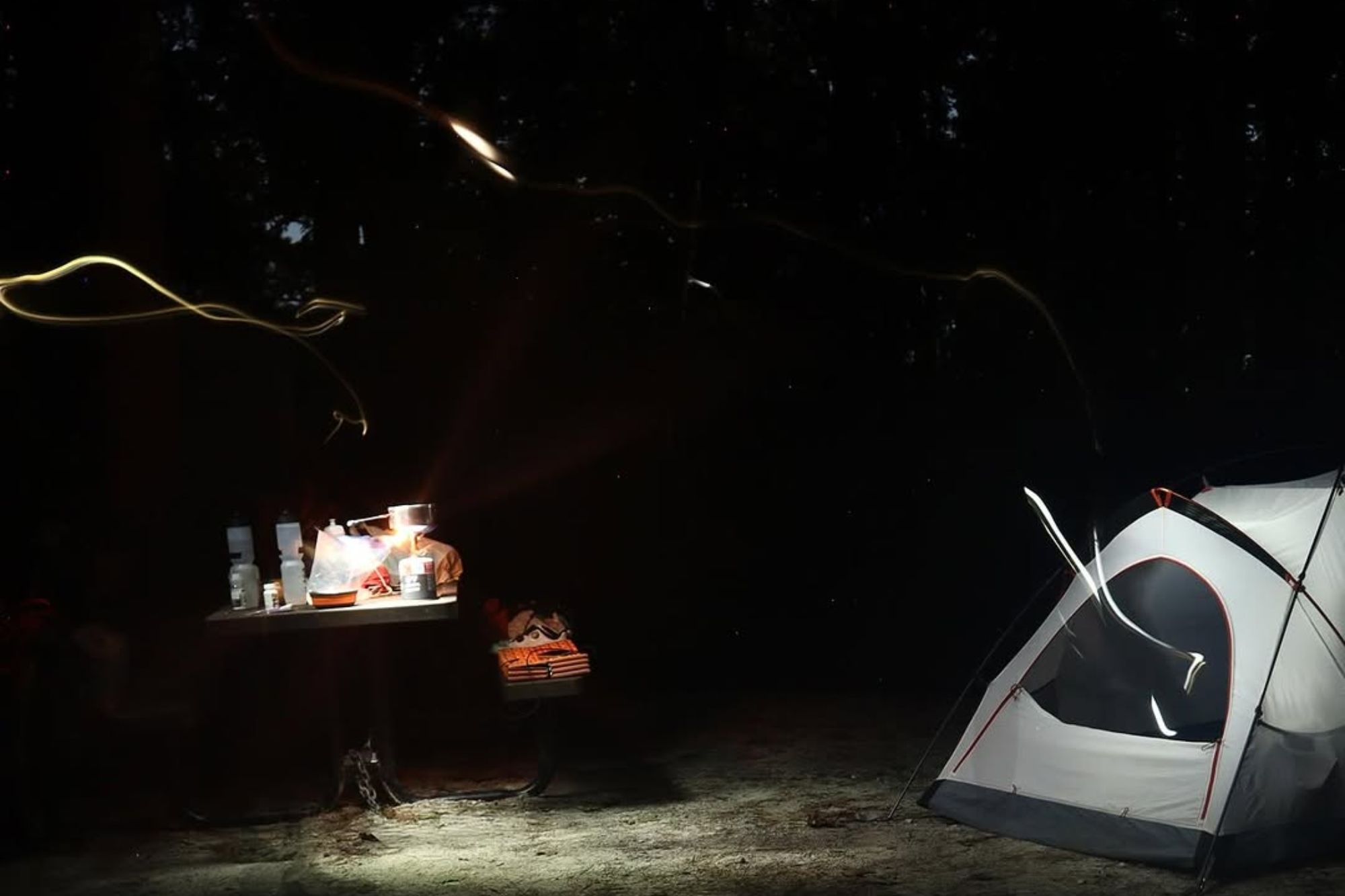
"But honestly, I sleep better in the tent now. It’s my little bubble," says Cartier.
Looking ahead
Now home in Montreal, Cartier says he’s not planning a second lap of the continent. Next season, he hopes to spend more time training, less time travelling. He's also eying Europe.
I’m looking at a loop there around The Traka,” he says. “And I’m really looking into the Tour Divide.”
Still, there’s no denying the satisfaction of having finished what he started.
“I really liked my life riding everywhere,” Cartier says. “It’s so simple.”

Cycling Weekly's North American Editor, Anne-Marije Rook is old school. She holds a degree in journalism and started out as a newspaper reporter — in print! She can even be seen bringing a pen and notepad to the press conference.
Originally from the Netherlands, she grew up a bike commuter and didn't find bike racing until her early twenties when living in Seattle, Washington. Strengthened by the many miles spent darting around Seattle's hilly streets on a steel single speed, Rook's progression in the sport was a quick one. As she competed at the elite level, her journalism career followed, and soon, she became a full-time cycling journalist. She's now been a journalist for two decades, including 12 years in cycling.
You must confirm your public display name before commenting
Please logout and then login again, you will then be prompted to enter your display name.